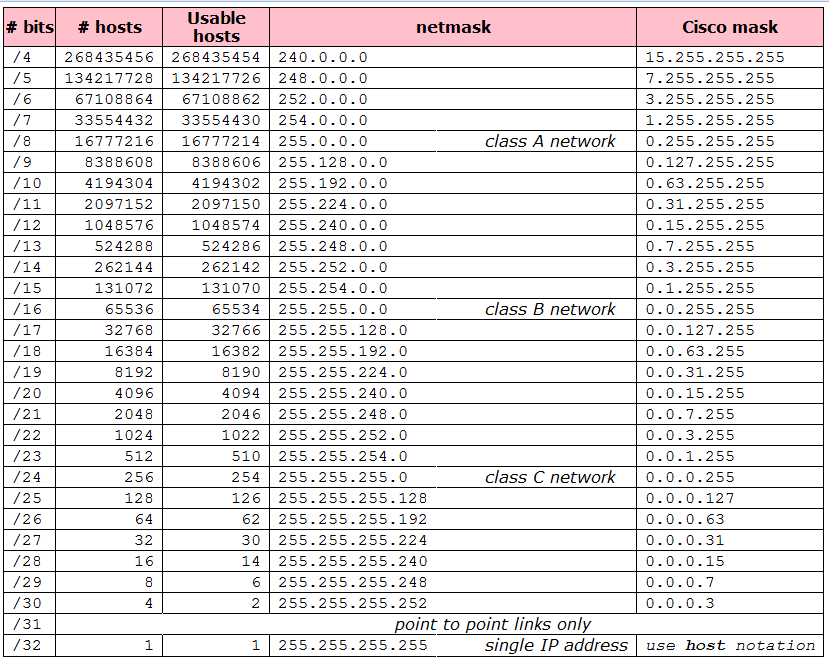


Default subnet masks: Partition IP addresses into their network ID and host ID portions.Two types of subnet masks are used in TCP/IP networking: Taking the logical NOT of the subnet mask and ANDing it with the host’s IP address gives the host’s Host ID: Host = 11001111 00111101 00010000 01110111 Converting these two numbers to binary and ANDing them gives the host’s Network ID: Host = 11001111 00111101 00010000 01110111 When the inverse of the subnet mask (for example, NOT mask) is logically ANDed with the IP address of the host, the result is the host ID of the host – the portion of the host’s IP address that uniquely identifies the host on its network.įor example, consider the IP address 207.61.16.119 and the subnet mask 255.255.255.0. When the subnet mask is logically ANDed with a 32-bit IP address of a TCP/IP host, the result is the network ID of the host – the portion of the host’s IP address that identifies which network the host is on. In binary notation, decimal 0 represents the octet 00000000, and decimal 255 represents 11111111.Ī subnet mask consists of 32 binary digits, the first n of which are 1s and the remaining of which are 0s.

Subnet masks are represented as four-octet dotted-decimal numbers, just as IP addresses are, except that the most common values for an octet in a subnet mask are 0 and 255.


 0 kommentar(er)
0 kommentar(er)
